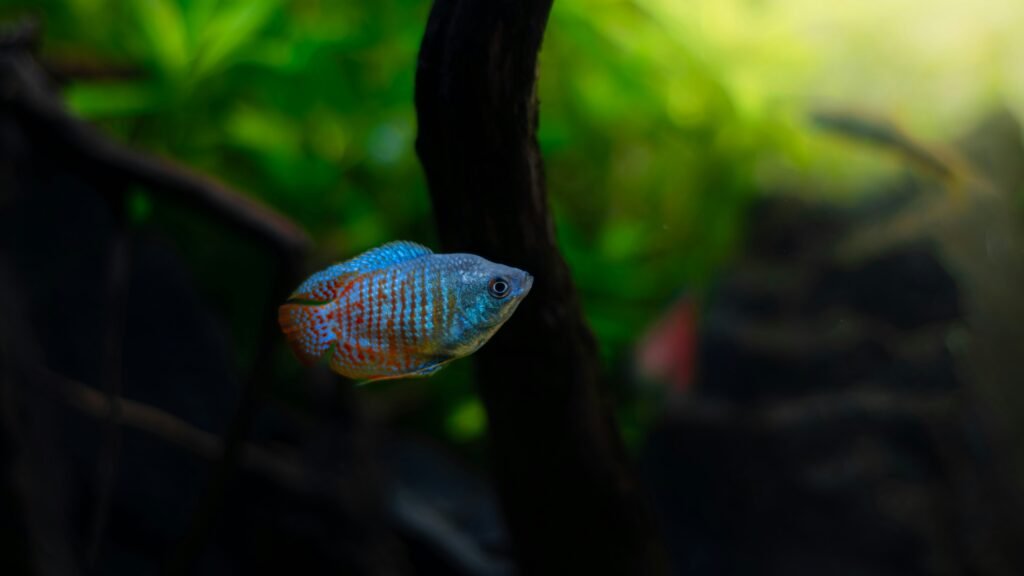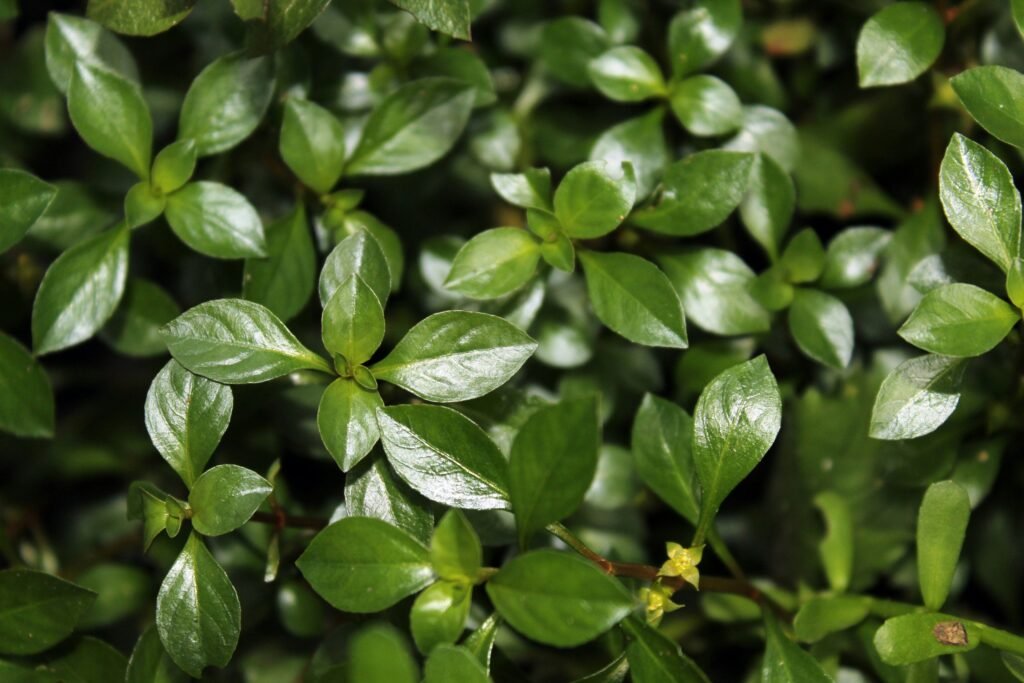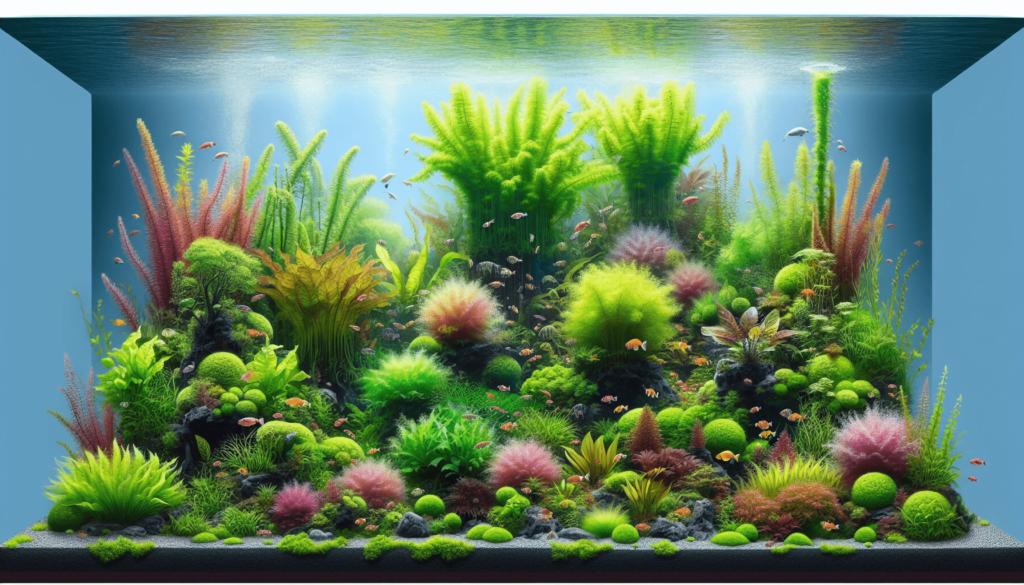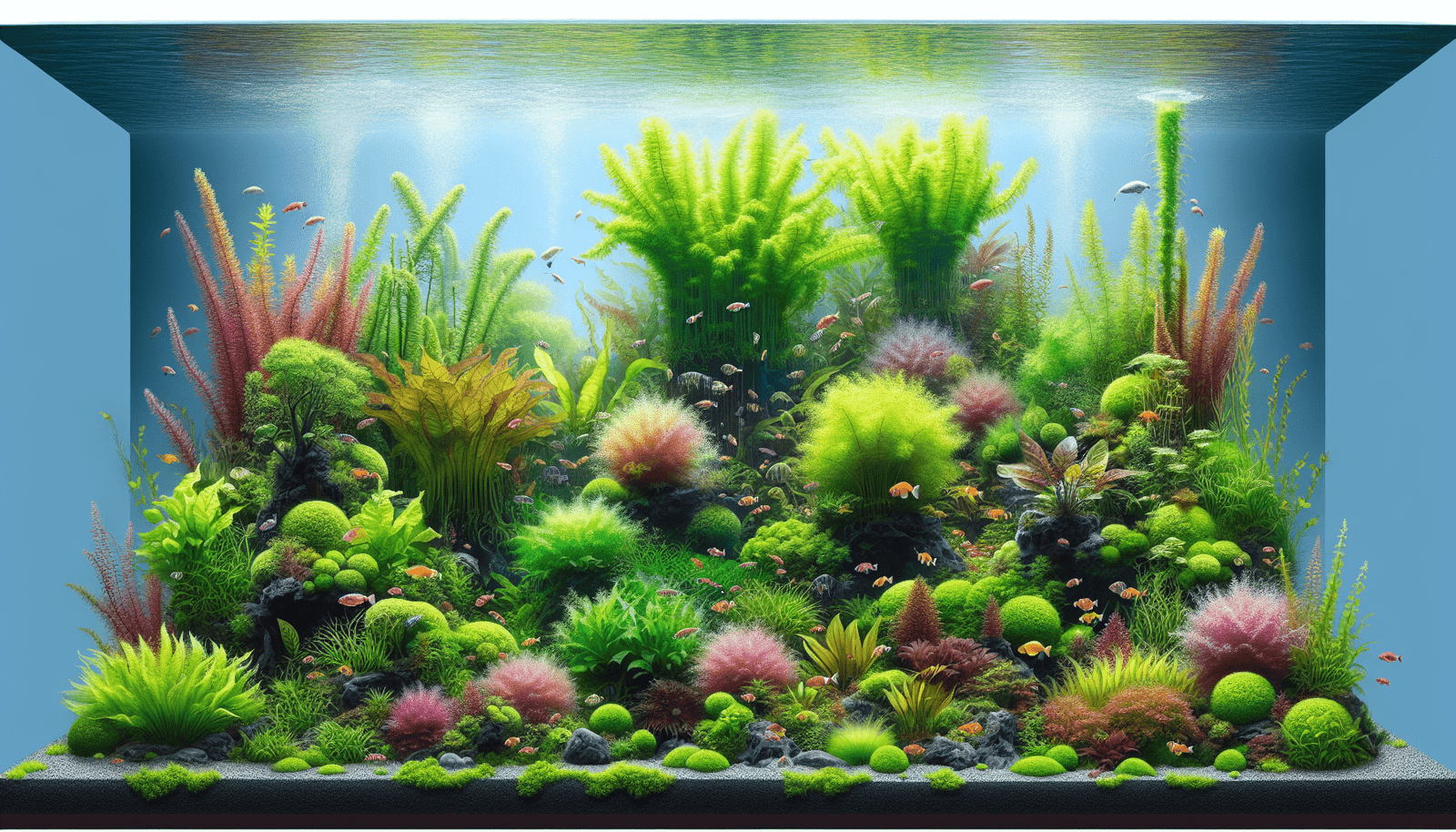Imagine diving into a magical underwater garden where plants of every shape and color create a living painting. This is Dutch Style Aquascaping, an art form that transforms fish tanks into lush and vibrant landscapes. Starting back in the 1930s in the Netherlands, this style focuses on carefully arranging aquatic plants to create a picturesque scene. Today, people around the world are still fascinated by Dutch aquascaping, finding joy in designing and maintaining their own underwater worlds. Whether you’re a beginner with a small tank or an experienced aquarist, exploring Dutch Style Aquascaping can bring endless creativity and beauty to your home. Have you ever wondered how amazing it would be to create a beautiful, underwater garden inside your home? Imagine looking at your fish tank and seeing not just fish, but a world of colorful plants arranged in a stunning display. This amazing art form is known as Dutch Style Aquascaping!

Overview
Dutch Style Aquascaping is all about designing an aquarium that looks like an underwater garden. It’s like painting a picture, but instead of using paint, you use plants, rocks, and sometimes even driftwood. This style has been around for a long time and is loved by many people who enjoy having a little bit of nature indoors.
Thesis Statement
In this article, we will dive deep into the world of Dutch Style Aquascaping. We’ll learn about its history, explore the key concepts, and discover how it has evolved over the years. By the end of this article, you’ll be ready to create your very own Dutch-style aquascape!
Historical Context
Dutch Style Aquascaping started in the Netherlands around the 1930s. People who loved nature and gardening wanted to bring that beauty into their homes, so they began creating beautiful underwater landscapes. These early aquascapers were inspired by the Dutch flower markets and the picturesque countryside, which is why their aquariums looked like small, underwater gardens.
The Dutch Tradition
In the Netherlands, gardening has always been a big deal. Dutch people are known for their amazing flower fields and well-kept gardens. This love for plants and flowers naturally extended to their aquariums. Over time, people developed rules and guidelines to help create the perfect Dutch-style aquascape.
Table: Key Elements of Dutch Style Aquascaping
| Element | Description |
|---|---|
| Rows and Layering | Plants are arranged in neat rows and layered for depth |
| Color Contrast | Different colored plants are used for a vibrant look |
| Use of Various Plants | A wide variety of plants to create rich, lush landscapes |
| No Hardscape | Unlike other styles, Dutch aquascape focuses solely on plants |
Current Trends
Today, Dutch Style Aquascaping is still very popular. It’s not just about having a fish tank; it’s about creating a living piece of art. With advances in technology, people now have access to better lighting, filtration systems, and a wider variety of plants. All of these improvements have made it easier to create and maintain beautiful Dutch-style aquascapes.
New Techniques and Equipment
Modern aquascapers use LED lighting to ensure their plants grow well. They also use CO2 injection systems to help plants thrive underwater. These technologies make it possible to create even more stunning aquascapes than ever before.
Key Concepts and Definitions
To fully understand Dutch Style Aquascaping, it’s essential to know some key concepts and terms:
- Aquascape: This is the general term for any type of decorated aquarium.
- Hardscape: This usually refers to non-living elements like rocks and driftwood. However, in Dutch Style Aquascaping, hardscape elements are minimal or nonexistent.
- Foreground, Midground, Background Plants: Foreground plants are placed in the front, midground plants in the middle, and background plants at the back of the aquarium.
Plant Groupings
In Dutch Aquascaping, you often see plants grouped in sets of 3, 5, or 7. This odd-numbered grouping helps create a more natural look. The plants are also trimmed regularly to keep the aquascape looking neat and organized.

Detailed Exploration
Let’s now dive deeper into how to create a Dutch-style aquascape.
Planning Your Aquascape
Before you start planting, you need to plan. Think about what plants you want to use and where you will place them. Sketching a rough design can be very helpful. Remember, the key is to create layers and use a variety of plants.
Step-by-Step Guide:
- Choose Your Aquarium: Start with a medium to a large-sized tank. This gives you more room to create layers.
- Pick Your Plants: Select a variety of plants that grow at different heights and have different colors.
- Prepare the Substrate: Use a good quality substrate as it provides nutrients for your plants.
- Planting Time: Start planting from the back and move to the front. Place taller plants at the back and shorter ones in the front.
- Add CO2 and Lighting: Use CO2 injection and LED lights to help your plants grow.
- Regular Maintenance: Trim your plants regularly to maintain the neat rows and layers.
Example 1: A Beginner’s Dutch Aquascape
Let’s look at an example of a beginner’s Dutch-style aquascape.
Simple Layout:
- Background Plants: Rotala Indica, Ludwigia Repens (tall, red plants).
- Midground Plants: Cryptocoryne Wendtii, Anubias Nana (medium height, broad leaves).
- Foreground Plants: Dwarf Baby Tears, Java Moss (short, carpeting plants).
In this example, the layers of plants create depth and make the aquarium look lush and vibrant.
Example 2: An Advanced Dutch Aquascape
For those who have some experience, creating a more complex layout can be very rewarding.
Complex Layout:
- Background Plants: Lilaeopsis Brasiliensis, Vallisneria Spiralis (background grasses).
- Midground Plants: Echinodorus Amazonicus, Hygrophila Polysperma (large, bushy plants).
- Foreground Plants: Eleocharis Parvula, Riccia Fluitans (dense, carpeting plants).
Here, the combination of different plants creates a rich and diverse underwater landscape. The use of plants with varying colors and textures enhances the visual appeal.
Comparison of Different Perspectives
While Dutch Style Aquascaping focuses on plants, there are other styles of aquascaping that you might find interesting.
Nature Aquascaping
Nature Aquascaping is all about mimicking natural landscapes like mountains or forests. It often incorporates rocks and driftwood as central design elements.
Iwagumi Style
Iwagumi is a Japanese style that uses rocks as the main focus. The arrangement is usually simple but very elegant, with minimal plants.
Key Differences in Styles
| Style | Main Focus | Key Elements |
|---|---|---|
| Dutch | Plants | Layers of different plants, no hardscape |
| Nature | Natural Landscapes | Rocks, driftwood, a mix of plants |
| Iwagumi | Rocks | Simple rock arrangements, minimal plants |

Impact Assessment
Each style of aquascaping has its own impact and appeal. Dutch Style Aquascaping, with its focus on plants, creates a lush and vibrant underwater garden. It encourages people to learn about different types of aquatic plants and how to care for them. This hands-on experience with nature can be very rewarding and educational.
Environmental Impact
One of the great things about aquascaping is that it can help people become more aware of the importance of plants in ecosystems. It also promotes the idea of creating sustainable and balanced environments, even on a small scale like an aquarium.
Future Directions and Implications
The future of Dutch Style Aquascaping looks bright. With the continuous development in aquarium technology, we can expect even more stunning and easier-to-maintain aquascapes.
Predictions
- Advanced Technology: We will likely see more advanced lighting systems and CO2 injectors, making it even easier to maintain a healthy aquascape.
- New Plant Species: Scientists may discover or even cultivate new species of aquatic plants, adding more options for aquascapers.
- Automated Systems: Imagine having a fully automated system that takes care of lighting, CO2 levels, and even trimming plants!
Implications
As Dutch Style Aquascaping becomes more popular, it could have several positive effects:
- Educational Value: Schools may incorporate aquascaping into their science curriculum, teaching students about ecology and biology.
- Mental Health Benefits: Aquascaping can be a relaxing hobby that reduces stress and improves mental well-being.
- Environmental Awareness: By creating and maintaining aquascapes, people may become more conscious of the importance of preserving our natural environments.

Conclusion
Exploring Dutch Style Aquascaping is like stepping into a magical underwater garden. It’s an art form that combines beauty, design, and nature, all in one. Remember the key points we’ve discussed:
- Historical Background: Dutch Style Aquascaping began in the Netherlands and was inspired by the country’s love for gardening.
- Current Trends: Modern technology makes it easier than ever to create beautiful aquascapes.
- Key Concepts: Understanding terms like aquascape, hardscape, and plant groupings is essential.
- Creating Your Aquascape: Start with a plan, choose the right plants, and maintain your aquarium regularly.
- Comparison with Other Styles: Each style of aquascaping has its own unique elements and focus.
Final Thought
Wouldn’t it be exciting to create your own underwater masterpiece? With a little planning and care, you can bring the beauty of nature right into your home. So why not give Dutch Style Aquascaping a try and see what kind of amazing underwater garden you can create?
Engagement
We’d love to hear about your experiences with aquascaping! Please share your thoughts, questions, or even photos of your own aquascapes in the comments. And if you’re curious to learn more, there are plenty of books, websites, and forums you can explore.
Credible Sources
- Aquascaping Love: www.aquascapinglove.com
- The Planted Tank: www.plantedtank.net
- Amano, T. (1994). Nature Aquarium World. Tropical Fish Hobbyist Publications.
Thank you for joining us in exploring the wonderful world of Dutch Style Aquascaping!



